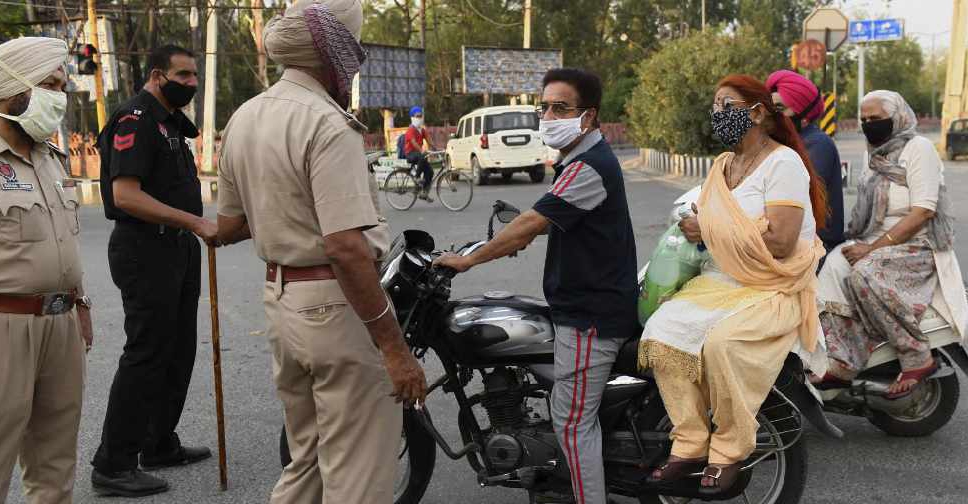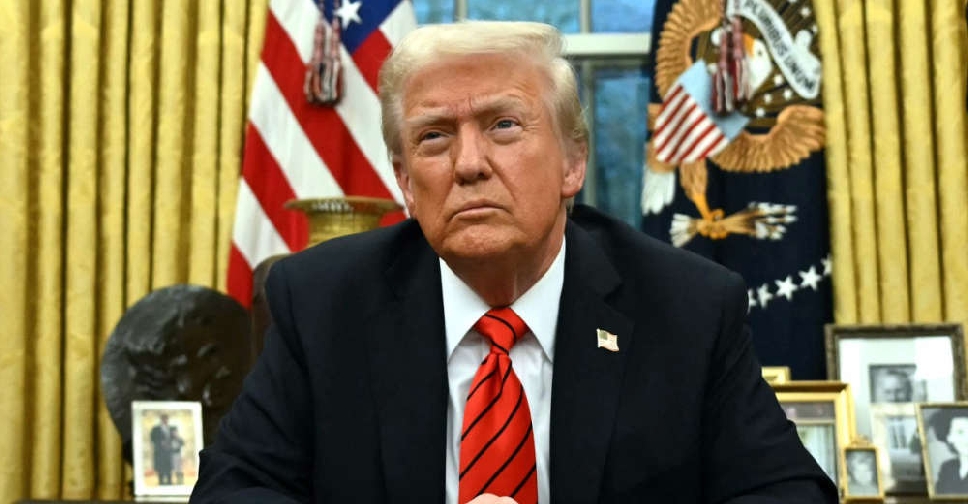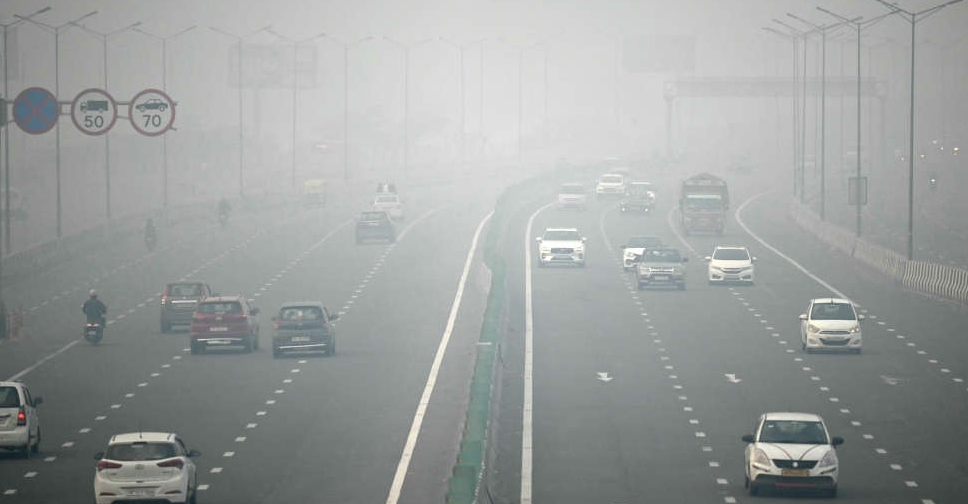
India on Monday reported a further decline in new coronavirus cases though daily deaths remained above 4,000 and experts warned that the count was unreliable due to a lack of testing in rural areas.
For months now, nowhere in the world has been hit harder than India by the pandemic, as a new strain of the virus first found there fuelled a surge in infections that has risen to more than 400,000 daily.
Even with a downturn over the past few days, experts said there was no certainty that infections had peaked, with alarm growing both at home and abroad over the new more contagious B.1.617 variant taking hold.
"There are still many parts of the country which have not yet experienced the peak, they are still going up," World Health Organization Chief Scientist Soumya Swaminathan was quoted as saying in the Hindu newspaper.
Swaminathan pointed to the worryingly high national positivity rate, at about 20% of tests conducted, as a sign that there could be worse to come.
"Testing is still inadequate in a large number of states. And when you see high test positivity rates, clearly we are not testing enough. And so the absolute numbers actually don't mean anything when they are taken just by themselves; they have to be taken in the context of how much testing is done, and test positivity rate."
Having begun to decline last week, and new infections over the past 24 hours were put at 281,386 by the health ministry on Monday, dropping below 300,000 for the first time since April 21. The daily death count stood at 4,106.
At the current rate India's total caseload since the epidemic struck a year ago should pass the 25 million mark in the next couple of days. Total deaths were put at 274,390.
Hospitals have had to turn patients away while mortuaries and crematoriums have been unable to cope with bodies piling up. Photographs and television images of funeral pyres burning in parking lots and corpses washing up on the banks of the Ganges river have fuelled impatience with the government's handling of the crisis.
It is widely accepted that the official figures grossly underestimate the real impact of the epidemic, with some experts saying actual infections and deaths could be five to 10 times higher.




 Trump adds seven countries to full travel ban list
Trump adds seven countries to full travel ban list
 Doctors in England start five-day walkout during flu surge
Doctors in England start five-day walkout during flu surge
 Israeli settler kills 16-year-old Palestinian in West Bank, mayor says
Israeli settler kills 16-year-old Palestinian in West Bank, mayor says
 Paris' Louvre reopens partially but staff vote to extend strike
Paris' Louvre reopens partially but staff vote to extend strike
 Delhi restricts vehicles, office attendance in bid to curb pollution
Delhi restricts vehicles, office attendance in bid to curb pollution




